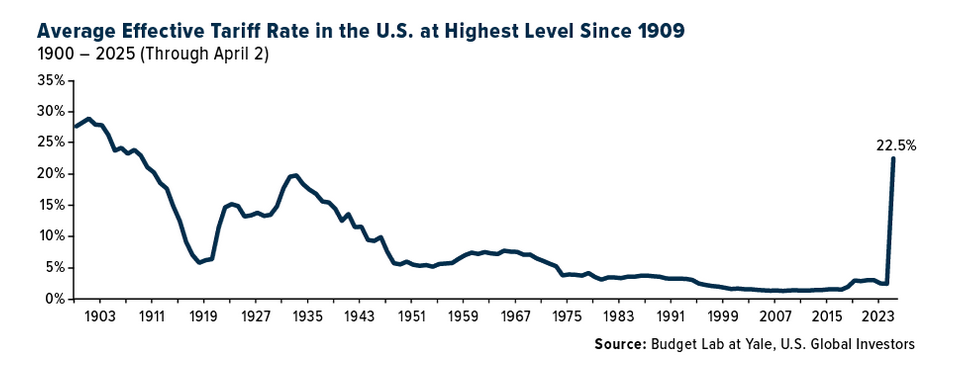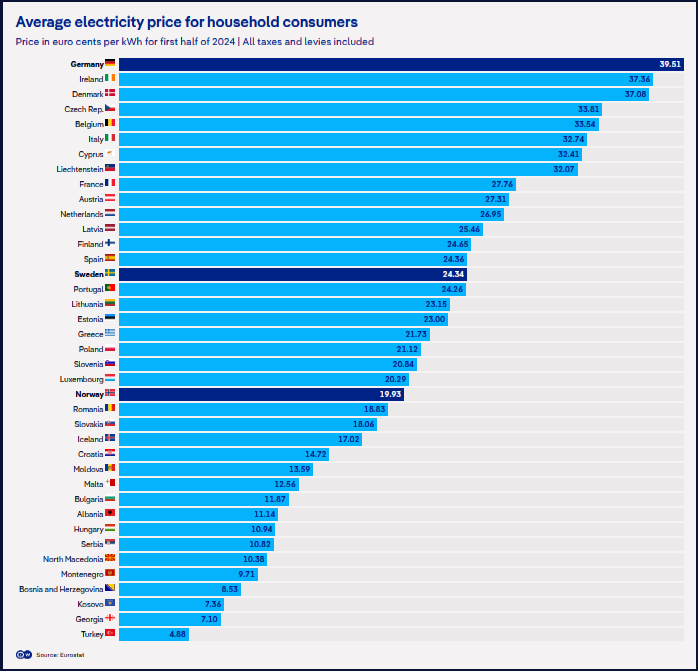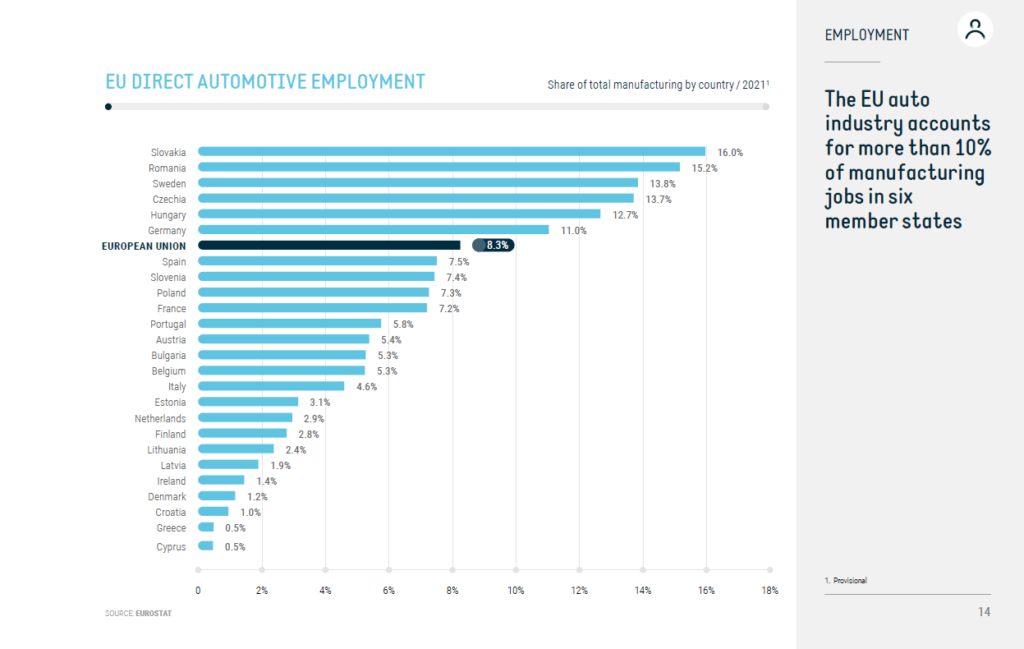The U.S. unemployment rate held steady at 9.7% in March. The number of unemployed persons remained little unchanged at 15.0 million.
Last month employers added 162,000 jobs but 48,000 of them were temporary workers hired for the 2010 census. In the manufacturing sector, 2.1 million jobs have been lost since December 2007. 17,000 jobs were created in this sector in March. Many of the manufacturing jobs lost over the past couple of decades may never return to the U.S. The free trade agreements signed by the U.S. over the years such as NAFTA and WTO policies have not only eliminated millions of jobs in the U.S. but also have helped drive down the wages for workers. In order to understand the loss of manufacturing jobs, we have to look at the impact of U.S. trade with China since China is the largest exporter of goods to this country.
A recent report titled “Unfair China Trade Costs Local Jobs” by By Robert E. Scott for the Alliance for American Manufacturing analyzes the impact on U.S. jobs due to rising trade with China. The following are some of the key takeaways from this paper:
- Since the entry of China into the WTO in 2001, 2.4 million jobs have been lost in the U.S. between 2001 and 2008
- The dramatic rise in trade with China has a created a growing trade deficit and is the primary reason for the loss of manufacturing capacity and jobs in the U.S.
- 100 million workers have been affected by falling wages due to competition from low-wage countries like China and others
- China accounted for over 40% of all non-oil imports into the U.S.
- The hardest hit areas include the Silicon Valley in California proving that not only low-tech manufacturing jobs moved to China but also high-tech manufacturing jobs
- One of the major reasons for U.S. trade deficit with China is China’s manipulation of its Yuan by pegging it to the dollar at a rate that undervalues the Yuan
- The Chinese government policy encourages export while maintaining stiff trade barriers on imports and entry restrictions on many domestic industries such as banking, insurance, etc.
After China’s entry into the WTO in 2001, President Bill Clinton claimed that the agreement “creates a win-win result for both countries†(Clinton 2000, 9). He argued that exports to China “now support hundreds of thousands of American jobs†and that “these figures can grow substantially with the new access to the Chinese market the WTO agreement creates†(Clinton 2000, 10)”. However nine years later we now know that this was not the case. U.S. exports to China is lesser than imports from China. Hence the number of jobs created in the U.S. due to exports to China is always lower than the number of jobs lost or displaced due to imports from China. For example, “U.S. exports to China in 2001 supported 166,200 jobs, but U.S. imports displaced production that would have supported 1,188,200 jobs.” Thus overall from a jobs growth perspective, China benefited greatly from growing trade with U.S.



